FTM - GREEN BILL
⬦
HIDENORI ISHII
⬦
FTM - GREEN BILL ⬦ HIDENORI ISHII ⬦
FTM - GREEN BILL
⬦
HIDENORI ISHII
⬦
FTM - GREEN BILL ⬦ HIDENORI ISHII ⬦
Hidenori Ishii is an artist whose work approaches the social, environmental, and urban landscapes through personal narratives, art historical connections, and socio-political subject matter. His recent project, FTM - Green Bill (2020 - ongoing), was conceived during the early stages of the COVID-19 pandemic when simply being out of one’s shelter felt overwhelming and risky. FTM - Green Bill, builds on themes of collective fear, trauma, and transition, topics the artist has explored in previous projects such as IcePlants, On the Fence, and MIRЯOR series.
To locate an entry point into Ishii’s project, it is essential to decode its title: “FTM" is an acronym for “Follow The Map”; and, “Green Bill” refers to the US dollar bill imagery the artist has co-opted for the artwork. Together, these elements hint at specific places and spaces as well as the socio-economic discourse that undergirds them. For FTM - Green Bill, the artist has repurposed construction sites in New York City — moribund factories, warehouses, and tenements — as public exhibition spaces. The project started in Long Island City, Queens as a personal gesture when during lock down he saw an opportunity to display art when the mere idea felt impossible. FTM - Green Bill later expanded to sites in SoHo, Chinatown, and the Flower District in Manhattan, as well as Bushwick, Green Point, and Williamsburg in Brooklyn.
iPhone video of Long Island City taken from the 7 Train.
The artworks that comprise FTM - Green Bill result from a complex collaborative process by Ishii and anonymous local artists. Embedded in each multi-authored piece is a nuanced indexing of history, community, time, and place. By design, FTM - Green Bill’s process is structured yet fluid. Ishii’s first step took place in his Long Island City studio where he screen printed an image from his IcePlants series onto a 12 inch square of plexiglass with metallic gold ink. IcePlants deals with the Fukushima Daiichi nuclear power plant meltdown in Ishii’s home region of Japan (and ultimately the regeneration of life in the area). By connecting IcePlants with FTM - Green Bill the artist calls attention to an underlying fear of the invisible: radiation and the microscopic, airborne coronavirus.
For his next move Ishii walked to a nearby construction site’s green plywood walls and swapped his square with a window previously graffitied with some artful combination of vibrant aerosol paint flourishes, felt-tip marker calligraphy, and random novelty stickers. With this exchange, FTM - Green Bill is quietly activated. While the newly installed window awaited its next contributor, Ishii was back at his studio preparing the one he had just procured for his intervention. Ishii fits the marked window with a backing of fiber paper onto which zoomed-in American currency iconography is screen printed and mounted on green panel. The imagery for each is carefully selected by Ishii based on how the interaction with the graffiti potentially evinces the contemporaneous socio-political condition. The artist would then repeat the process; the cycle of swapping, modifying, and swapping again is open ended. Ultimately, Ishii deinstalls each diamond-shaped viewing window once it has fulfilled its destiny of realizing multiple collaborations — pre and post artist’s augmentation — to become a completed work of art in its own right. Ishii refers to his art making actions for FTM - Green Bill as a form of tagging. The distinction is crucial given that the artist eschews the defacement of property (which is a measure of graffiti). An illegal street art, graffiti is historically associated with vandalism and gang activity and became widespread in the 1960s and 70s in Philadelphia and New York City when the cities were experiencing economic distress, social strife, and urban decay.
FTM (40.717469, -73.951243) - Green Bill Board, 2020, 14 x14 inches.
Ishii navigates the subculture of street art with precision and a careful methodology reminiscent of Keith Haring, the American artist who innovated the genre decades earlier. Haring was born in 1958 in Pennsylvania, and arrived in New York in 1978, before the City emerged from a period of languishing. The young pop artist was fascinated with the City’s graffiti and expanded his practice to the arena of public art. From 1980 to 1985 Haring made works directly on billboards in the City’s subway stations. He deliberately selected vacant, black billboard spaces — blank until their next advertising campaign rental — as ideal places for his experimental white chalk drawings. Ishii, too, proceeded with intentionality and a key guideline: he never actually alters the windows. For both, the act of their interventions are as important as the artwork they create.
Keith Haring, New York City, 1983, executing a subway drawing.
An example of Haring’s subway drawings. Among the imagery depicted is the artist’s iconic barking dog. Image: Fernando Natalici,1981.
The shift in Long Island City’s historical roots and cultural identity to an upscale locality can be traced to, and symbolized by, its famed landmark the 5 Pointz building (a complex of four free standing and eight interconnected structures). The building opened in the late 19th century and was originally home to the Neptune Meter Company’s factory which operated there for eight decades until its 1972 relocation. In the 1970s developer Gerald Wolkoff purchased the building to develop, but instead leased the space to a music graphics and packaging business until its transformation into the Phun Phactory twenty years later.
In the early 1990s visionary Pat DiLillo, whose previous job was removing graffiti, approached Wolkoff and sought permission to cover the former factory with brilliant, eye-catching murals. A professional graffiti buffer and advocate for legal graffiti, he acted rigorously in his role as curator and invited local street artists to render their stylized tableaus. As part of the conversion, the newly named Phun Phactory became home to the Crane Street Studios, below market artist studio rentals. In 2002, Wolkoff hired Jonathan Cohen, a graffiti artist who made street art under the moniker Meres One, to expand the Phun Phactory’s programming. Cohen curated additional murals with an impressive roster of international artists and renamed the building 5 Pointz to reflect the five boroughs that comprise New York City. 5 Pointz became an iconic landmark for the arts and appears as a backdrop for music videos by several hip-hop and R & B stars including Doug E. Fresh and Kurtis Blow, rock legend Joan Jett, and English singer, songwriter Joss Stone. 5 Pointz also appears in television and feature films, including Now You See Me, Louis Leterrier’s American heist film made in 2013, four years after the Phun Phactory's studio program concluded, and the same year Wolkoff announced plans to demolish the cultural center in order to build luxury condominiums.

Neptune Meter Company Factory, 1910. Image: Eugene L. Armbruster. Accessed through the Queens Library Archives.
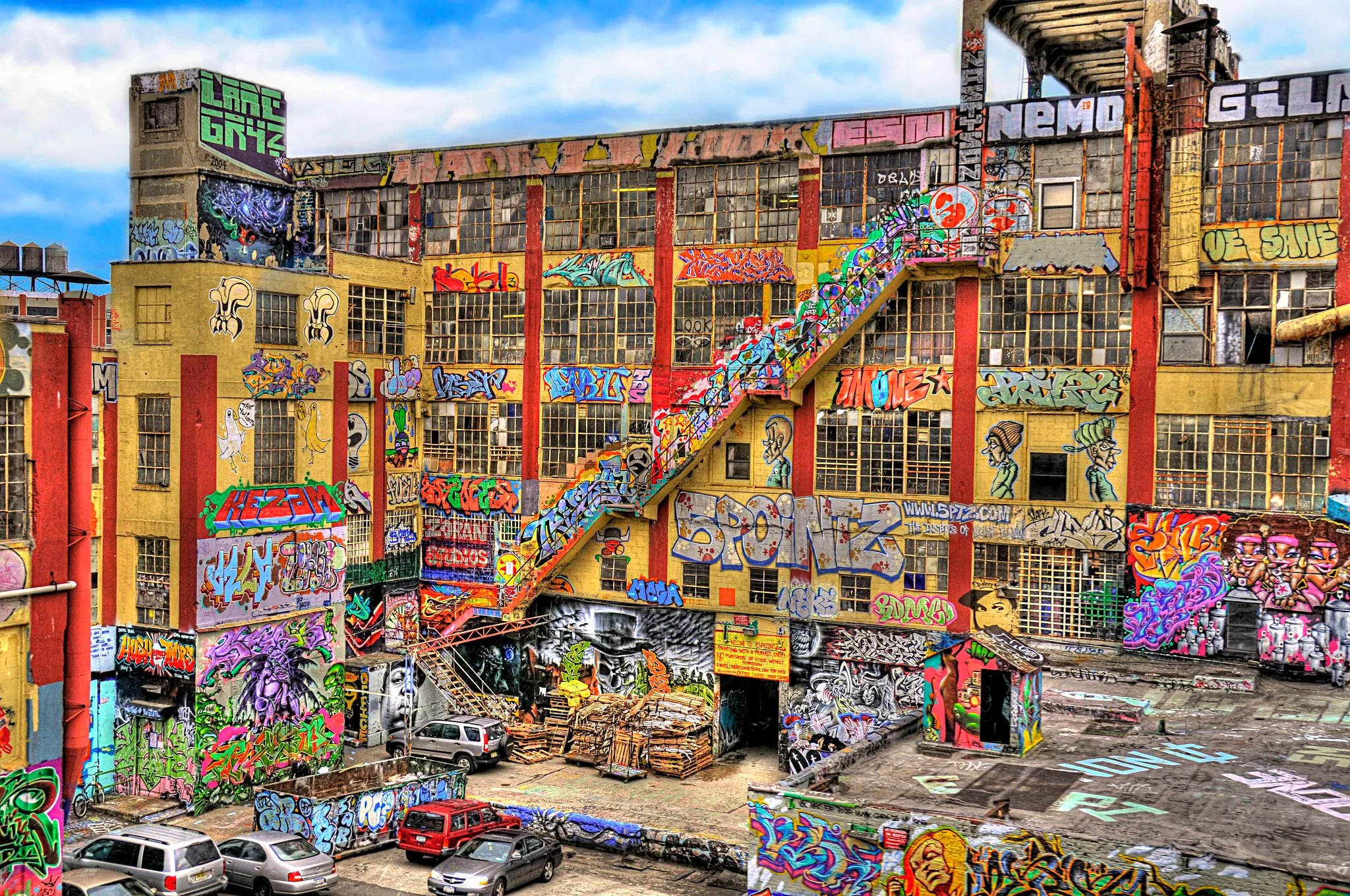
5 Pointz, 2009. Image: Nigel Morris. Accessed through iamNigelMorris on Flickr.

5PointzLIC luxury condominiums, 2022. Accessed through: https://www.5pointzlic.com/
Like the murals at Phun Phactory and 5 Pointz, and Haring’s subway drawings, Ishii’s FTM - Green Bill is intended to make art accessible to a broad audience. By installing artworks outside of the gallery and museum complex, Ishii is able to highlight the gaps within class, status, and value systems. This notion is reinforced with the specificity of sites that the artist selects: recently defunct factories, warehouses, and tenements slated to become luxury high-rise condominiums, opulent hotels, and towering corporate outposts. With this context established, FTM - Green Bill signifies the repositioning of a culture and community from predominantly working class to white collar, and from a diverse cultural hub to a homogenized, high-end district. The metamorphosis becomes profoundly apparent when the emerald barriers are dismantled at each site to reveal a sleek glass and steel behemoth.
With FTM - Green Bill, Ishii builds on the legacies of Haring, DeLillo, and Cohen as he, too, reimagines the role of public art. With this project, the artist engages his community and contributes to the cultural history of Long Island City — and the urban landscape beyond. An idea that initially sought to bring art to the people during a time of uncertainty, FTM - Green Bill has, befittingly, become a powerful window into the social and economic impact of wealth inequality and gentrification.
Hidenori Ishii, born 1978 in Yonezawa, Japan, is a New York-based artist. Ishii received his MFA in Fine Art at the Maryland Institute College of Art, Baltimore, Maryland; and, his BFA in Fine Art at the College of Visual and Performing Arts George Mason University, Fairfax, Virginia. Among his awards and distinctions, Ishii was a recipient of the Henry Walters Travel Fellowship to Iceland. Ishii lives and works in New York, New York.
FTM - GREEN BILL CATALOGUE OF WORKS
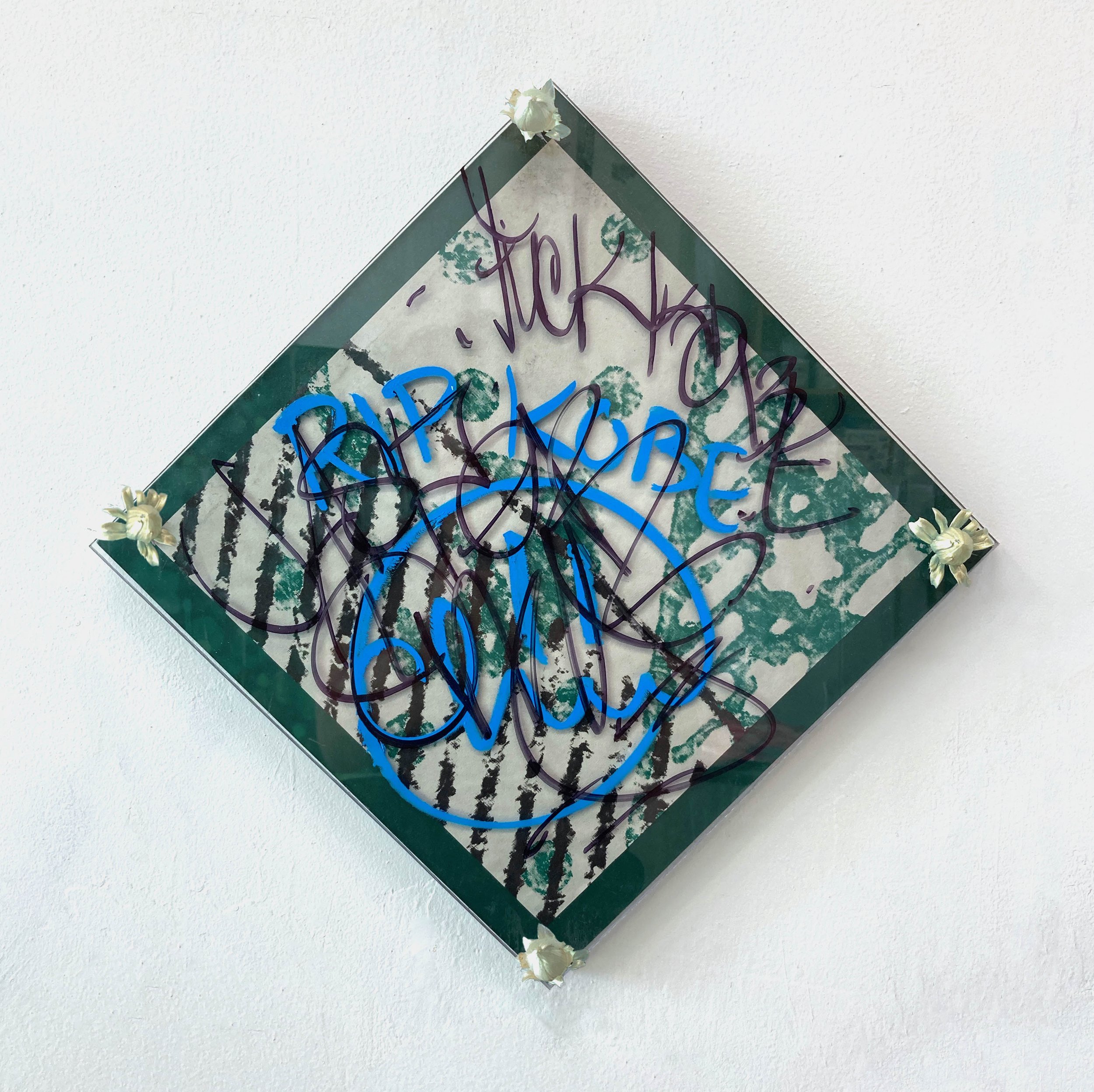
FTM (40.749711, -73.943608) - Green Bill Board, 2020, 14 x14 inches.

FTM (40.749711, -73.943608) - Green Bill Board, 2020, 14 x14 inches.

FTM (40.717467, -73.951198) - Green Bill Board, 2020, 14 x14 inches.
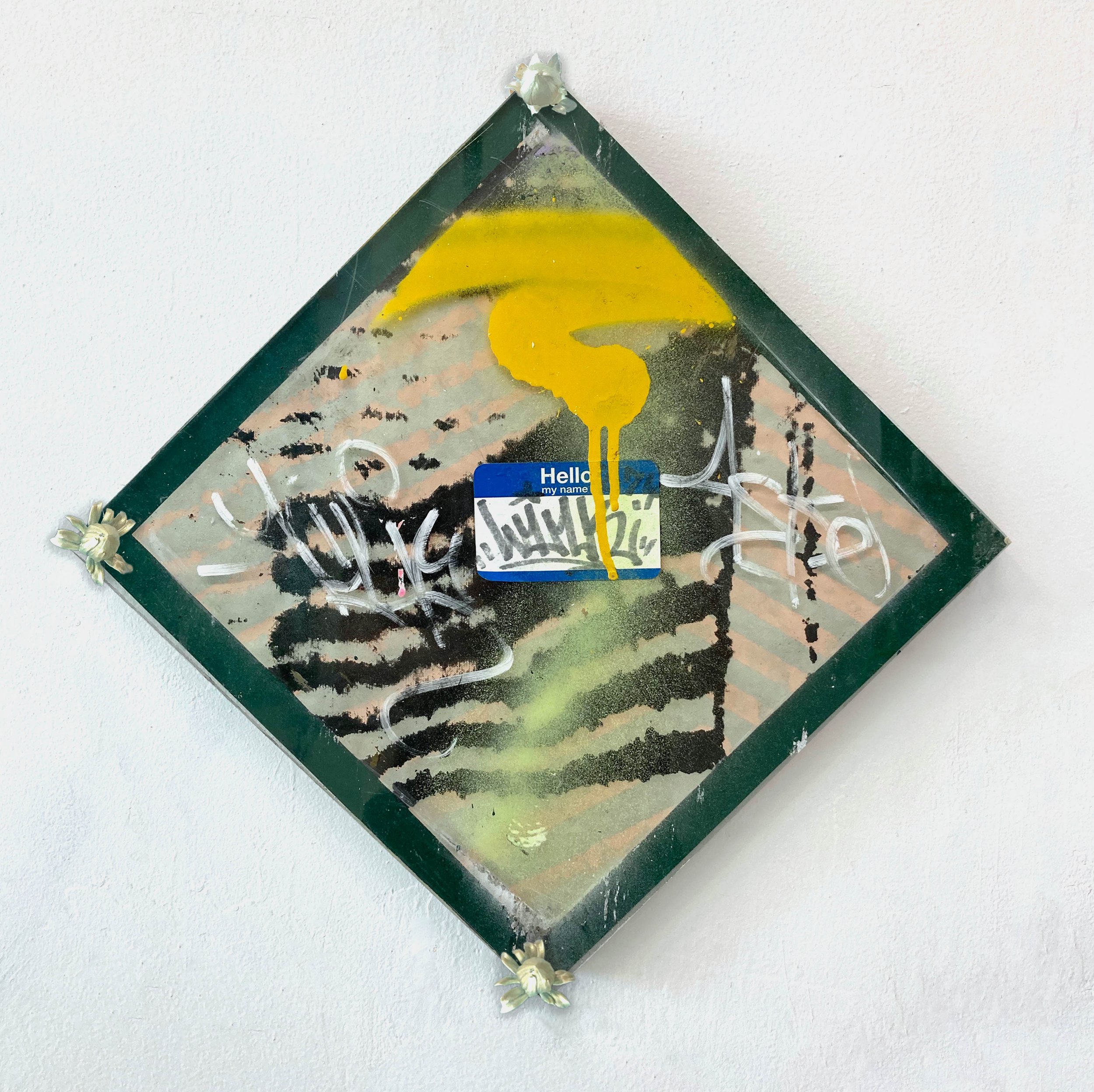
FTM (40.717469, -73.951243) - Green Bill Board, 2020, 14 x14 inches.
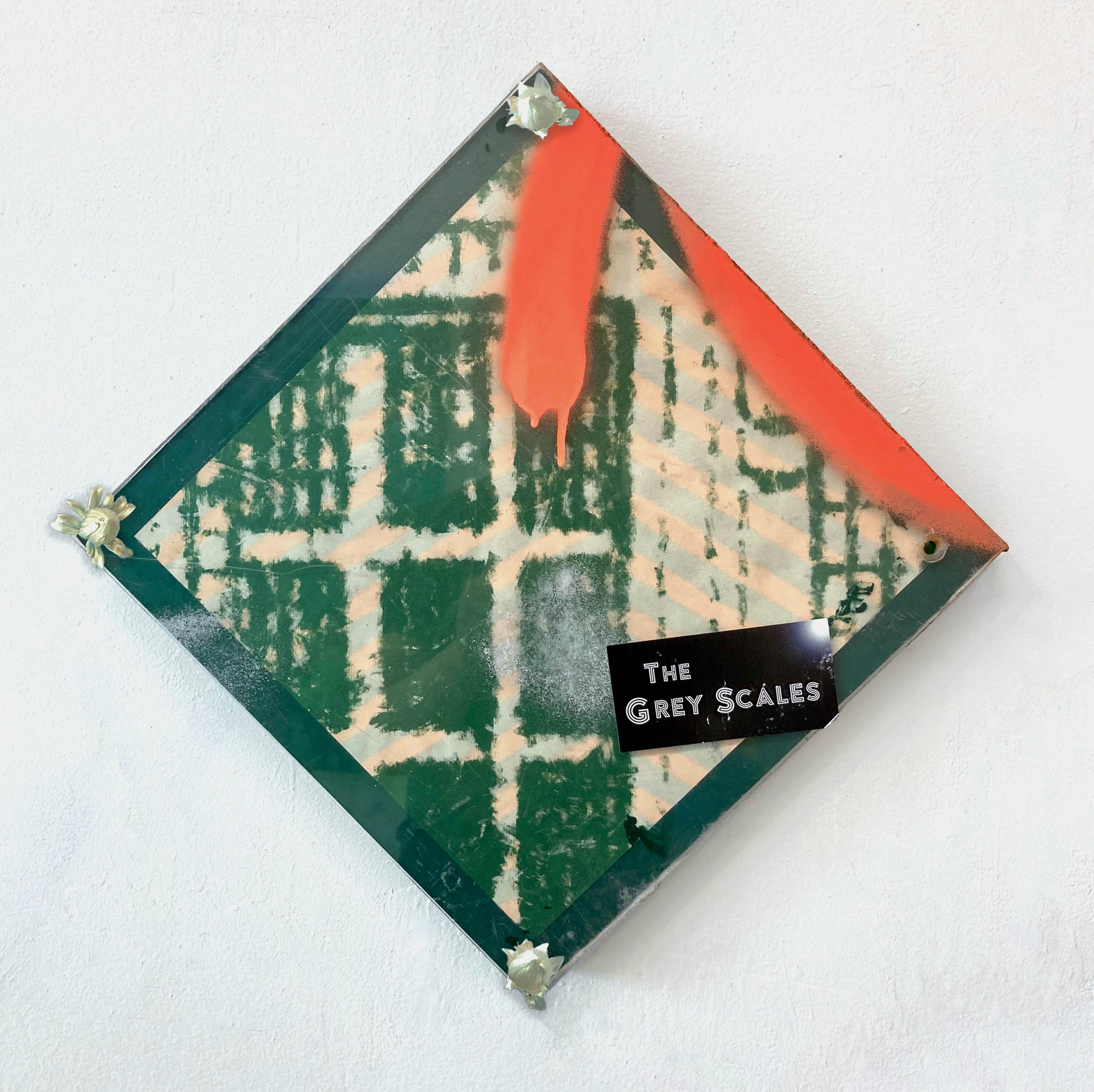
FTM (40.764276, -73.923056) - Green Bill Board, 2020, 14 x14 inches.

FTM (40.706949, -73.925412) - Green Bill Board, 2020, 14 x14 inches.
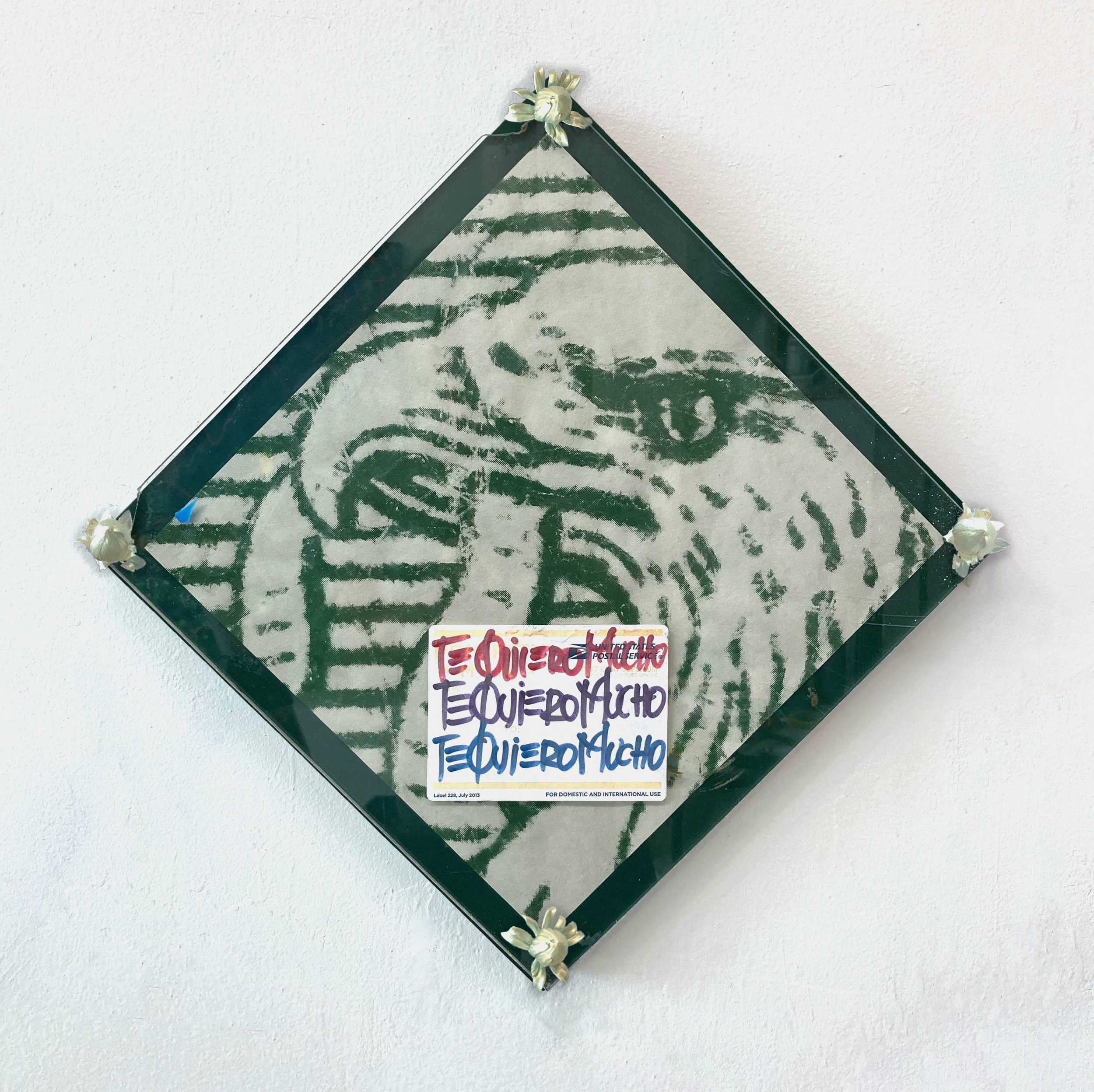
FTM (40.702985, -73.942753) - Green Bill Board, 2020, 14 x14 inches.

FTM (40.721974,-74.002918) - Green Bill Board, 2020, 14 x14 inches.

FTM (40.720579, -74.003171) - Green Bill Board, 2020, 14 x14 inches.

FTM (40.706737, -73.933700) - Green Bill Board, 2020, 14 x14 inches.
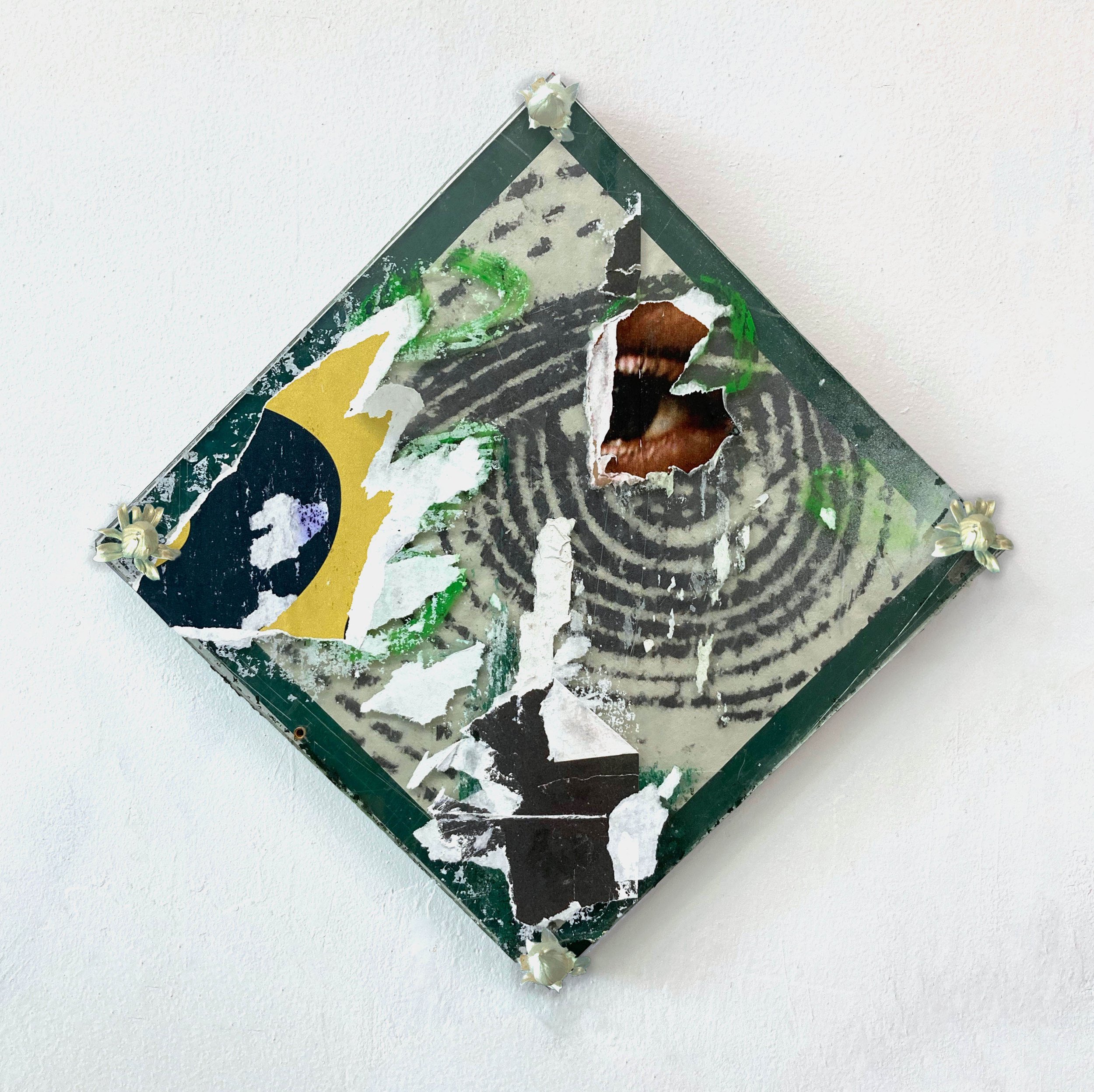
FTM (40.721972, -74.002917) - Green Bill Board, 2020, 14 x14 inches.
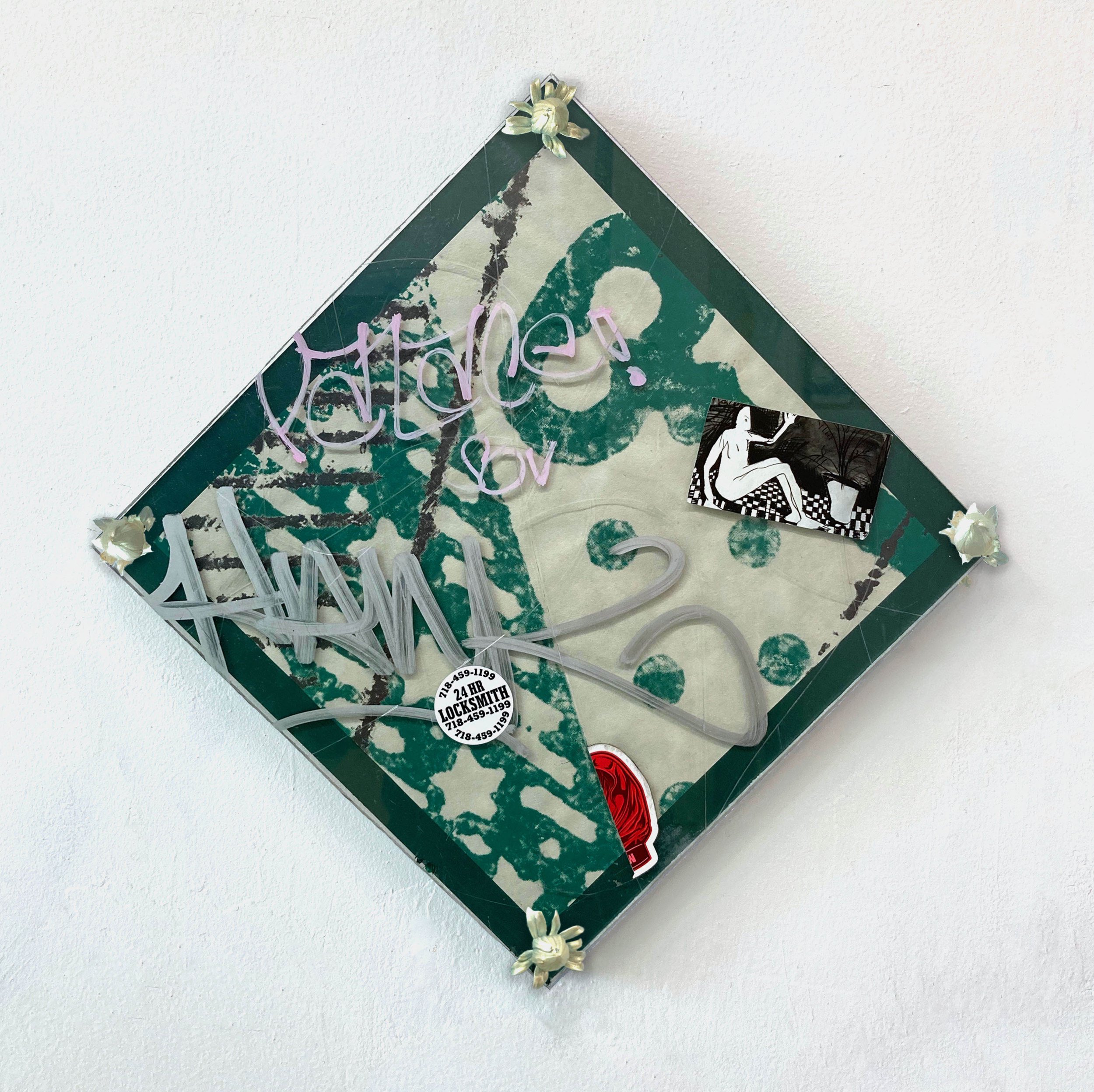
FTM (40.764276, -73.923056) - Green Bill Board, 2020, 14 x14 inches.
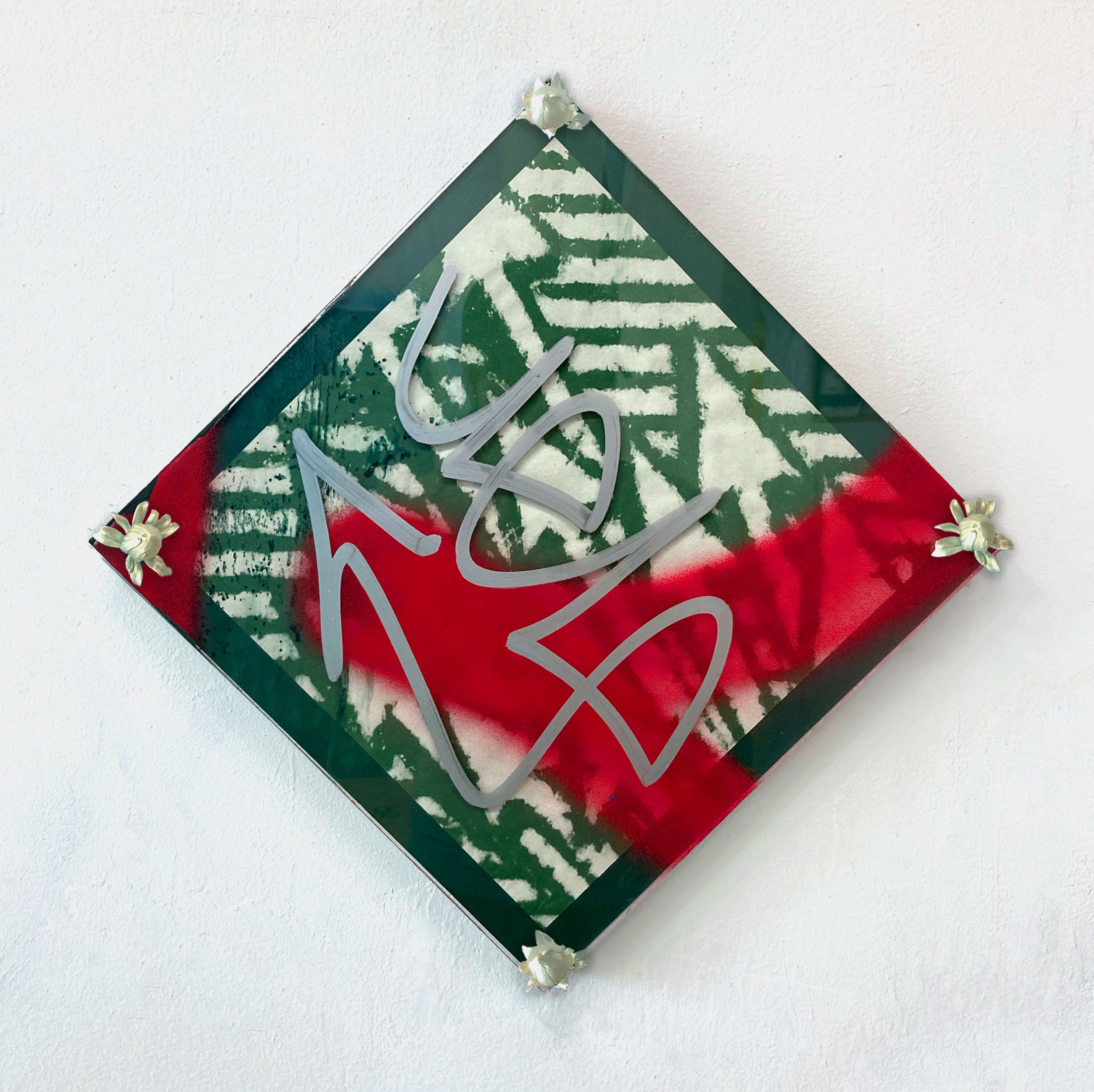
FTM (40.713006, -73.995122) - Green Bill Board, 2020, 14 x14 inches.
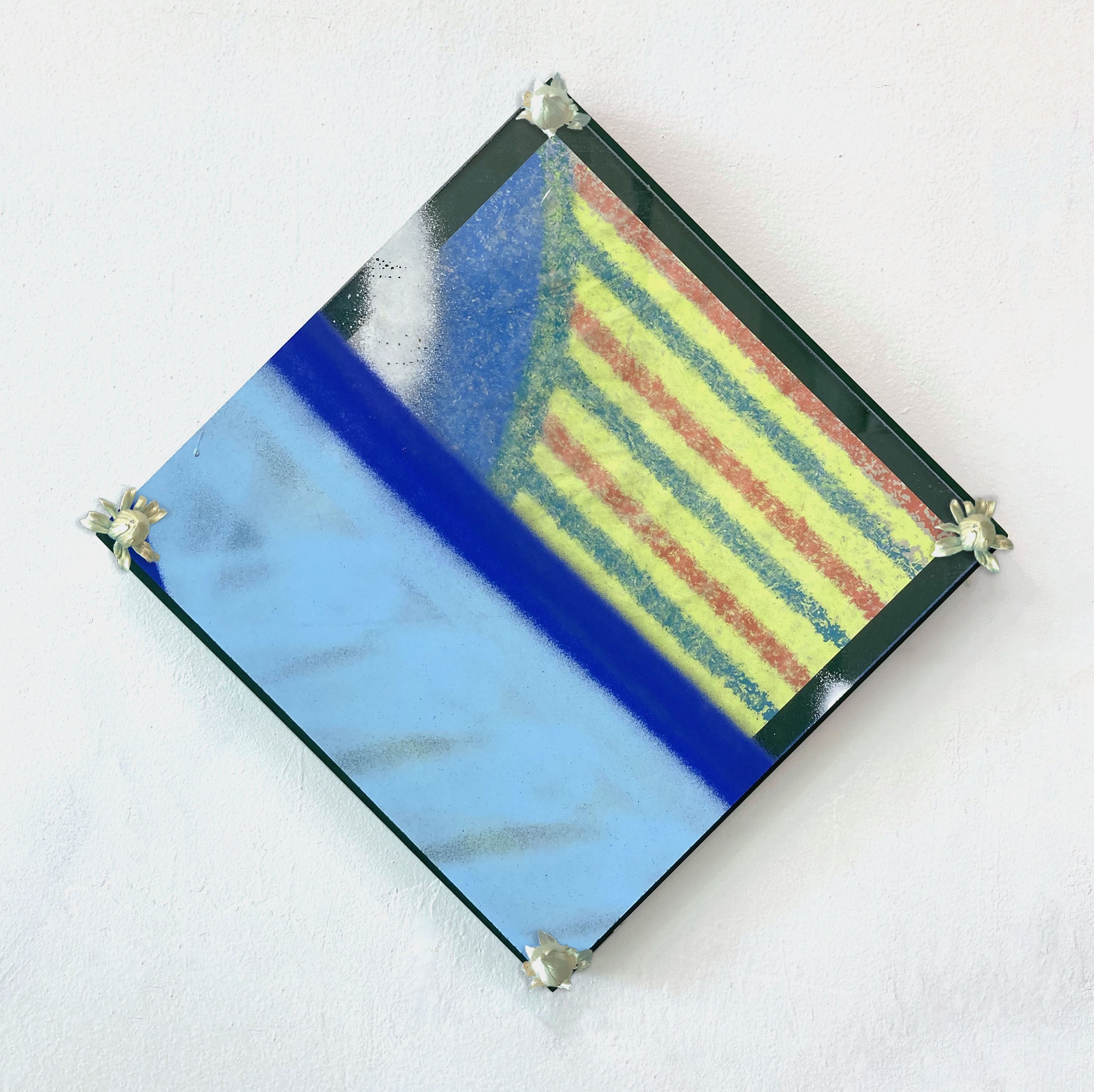
FTM (40.706702,-73.932018) - Green Bill Board, 2020, 14 x14 inches.
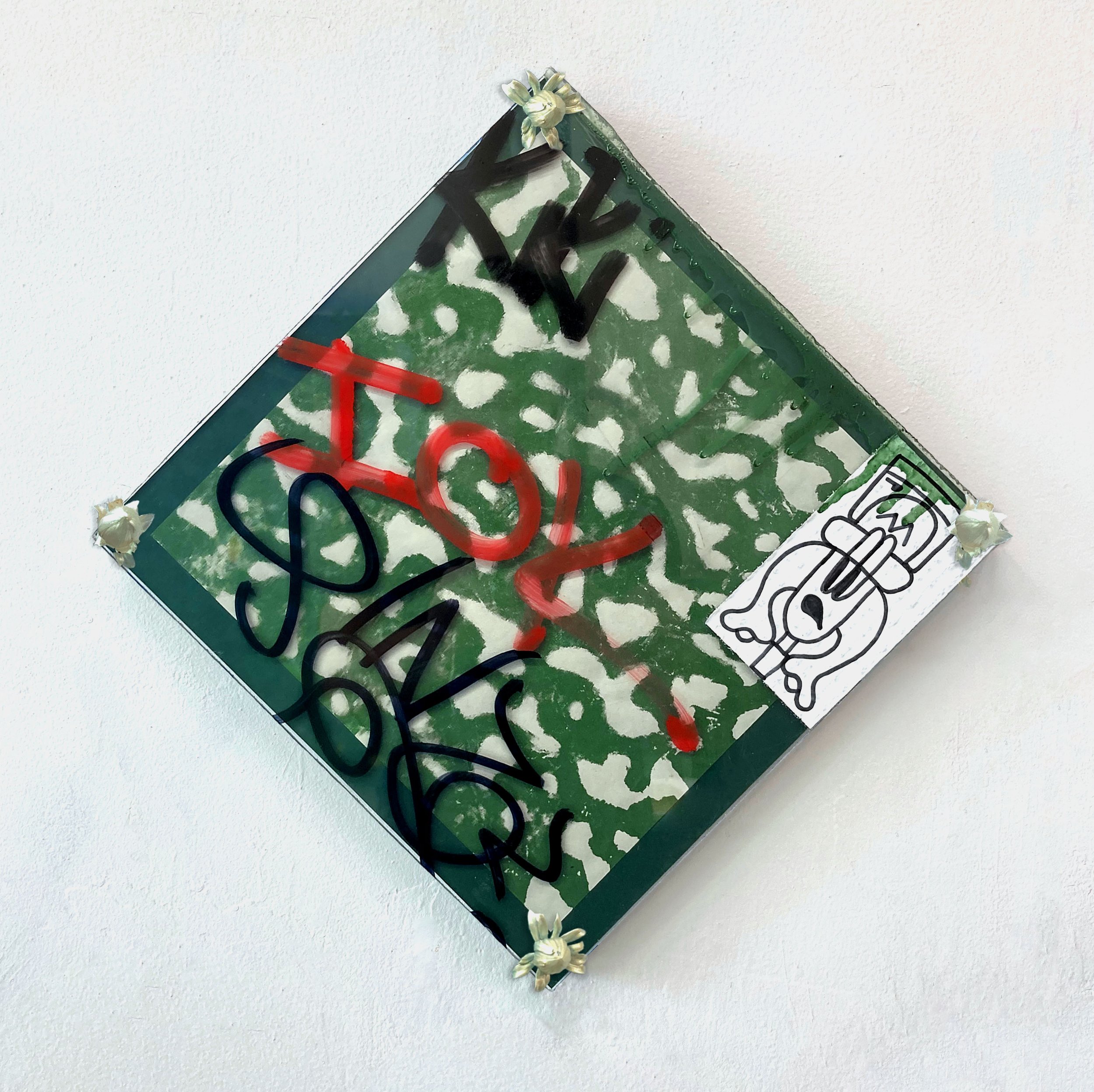
FTM (40.763804,-73.924916) - Green Bill Board, 2020, 14 x14 inches.
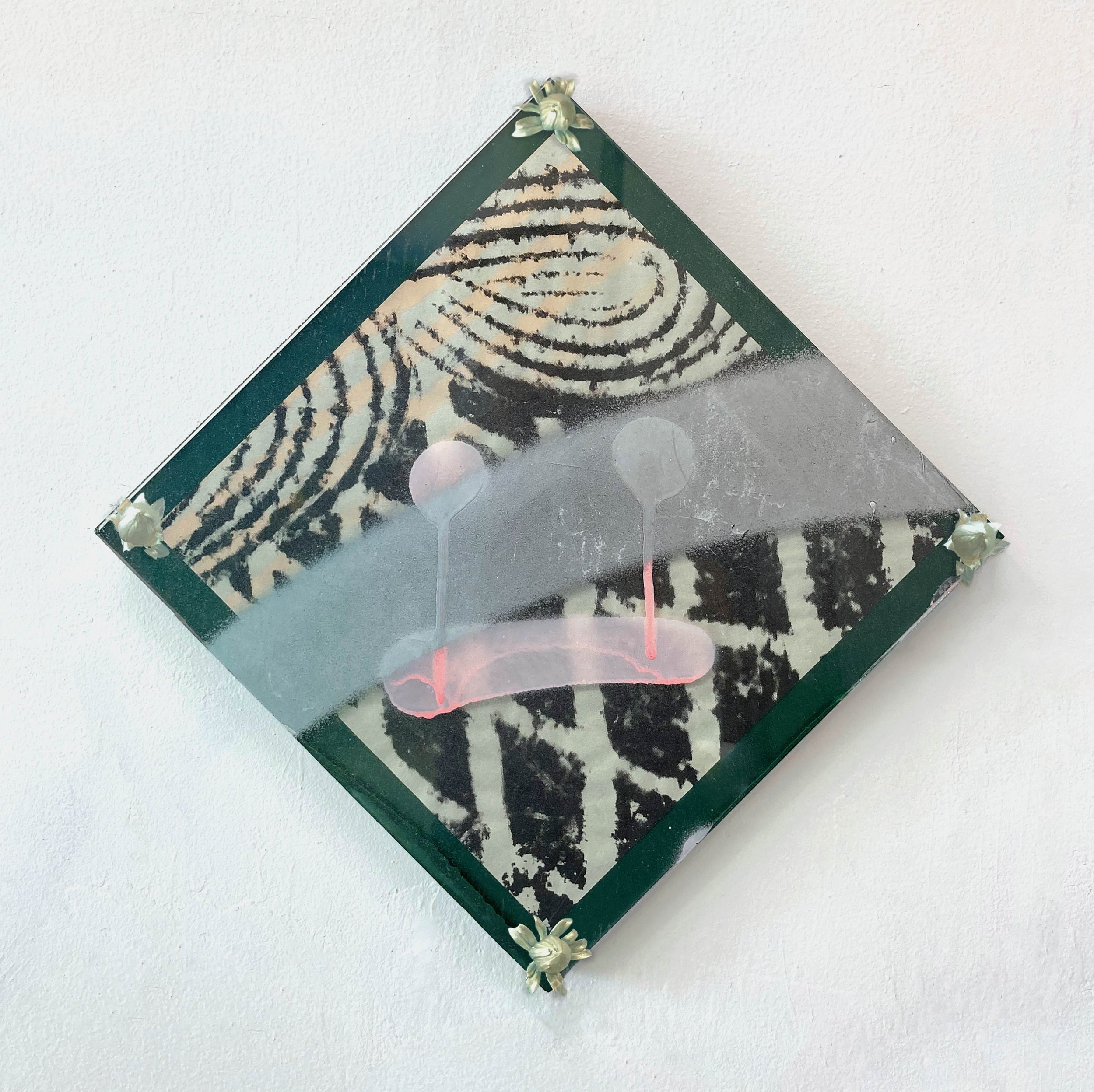
FTM (40.706702,-73.932018) - Green Bill Board, 2020, 14 x14 inches.
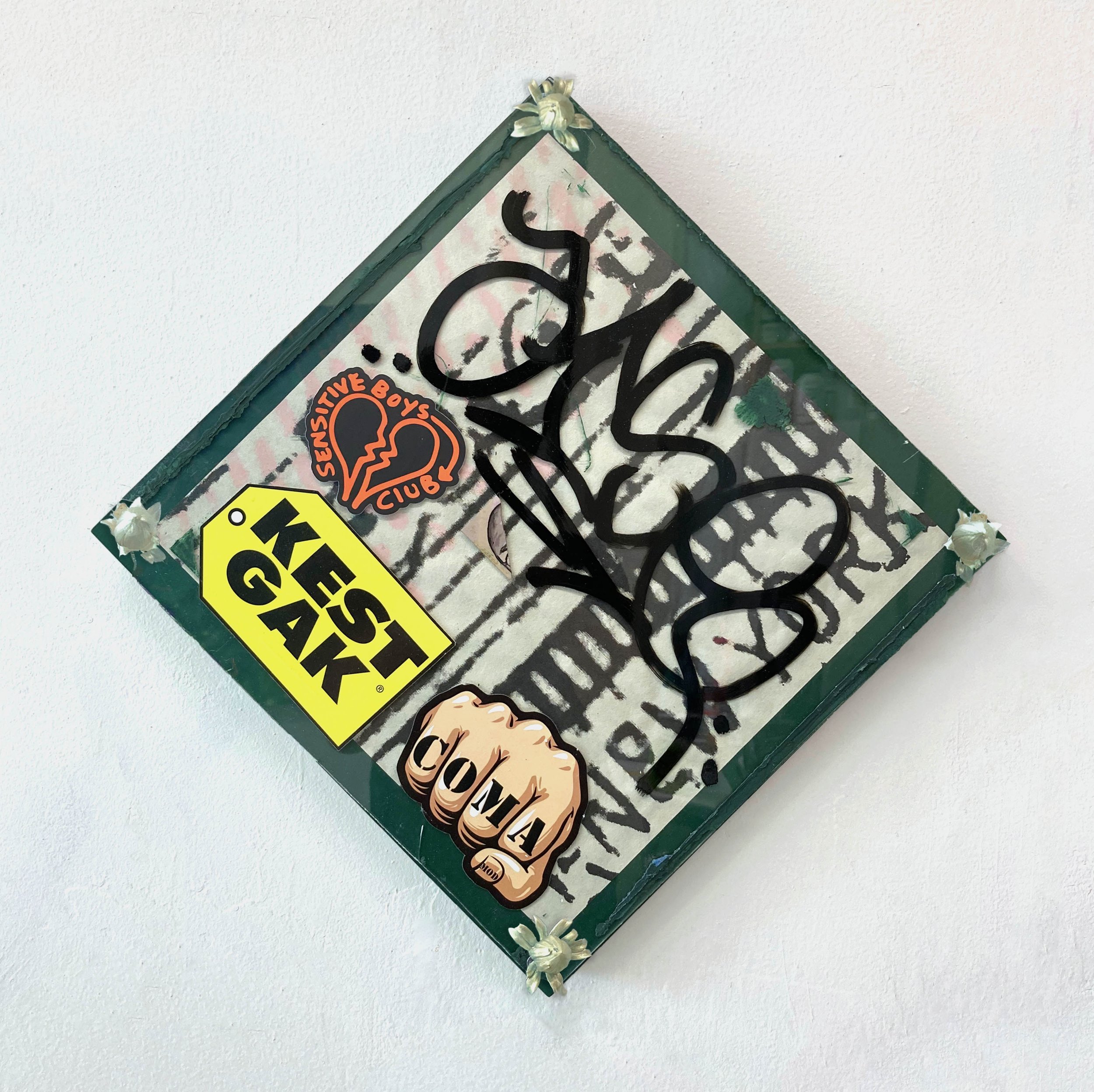
FTM (40.748370, -73.944508) - Green Bill Board, 2020, 14 x14 inches.
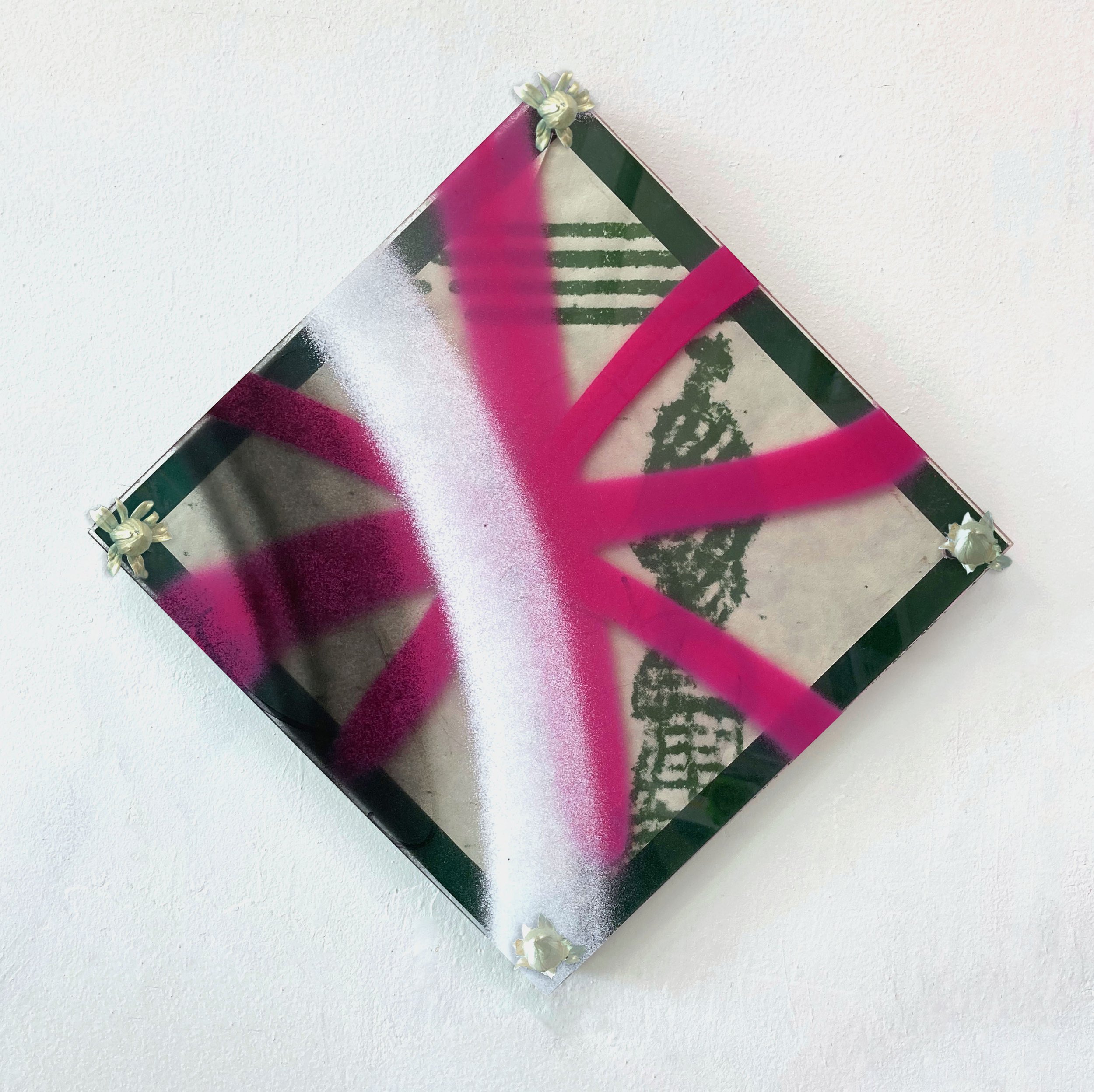
FTM (40.749984, -73.943395) - Green Bill Board, 2020, 14 x14 inches.

FTM (40.747120, -73.989725) - Green Bill Board, 2020, 14 x14 inches.
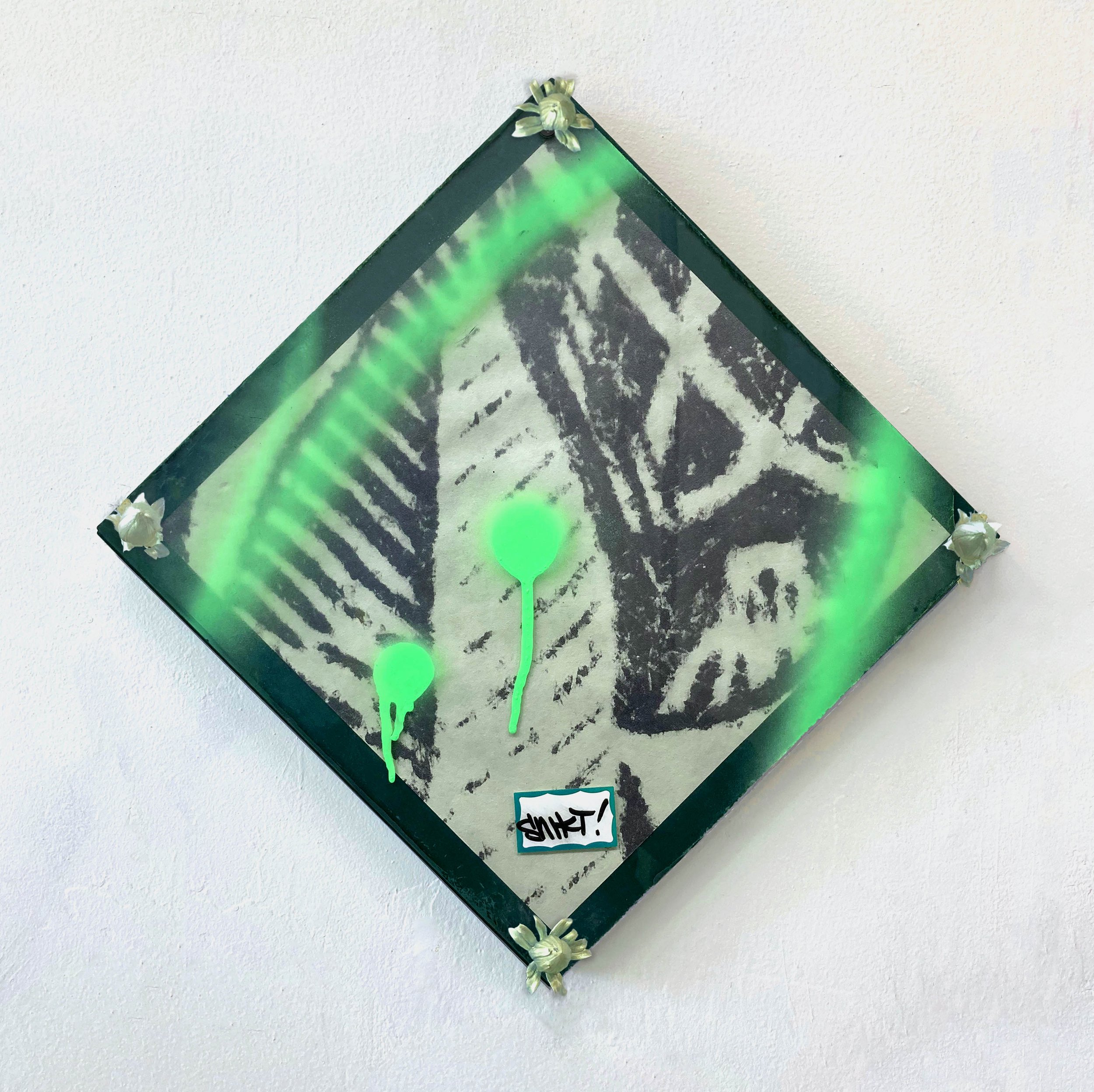
FTM (40.720579, -74.003171) - Green Bill Board, 2020, 14 x14 inches.
FTM - GREEN BILL: GPS COORDINATES
Current views of former FTM - Green Bill installation sites are accessible through Google Street View, an interactive technology that provides panoramic views from urban, suburban, and rural places worldwide. Google Street View images exist as digital records obtained through surveillance — and may be overwritten as quickly as every six months. Therefore, the artist’s documentation of his project is not the sole indexing of the artworks and their locations; images captured by Google Street View permanently exist in their archives. One facet of the conceptual underpinnings of Ishii’s FTM - Green Bill raises questions of authorship and ownership which are further complicated by the Google Street View platform.






















